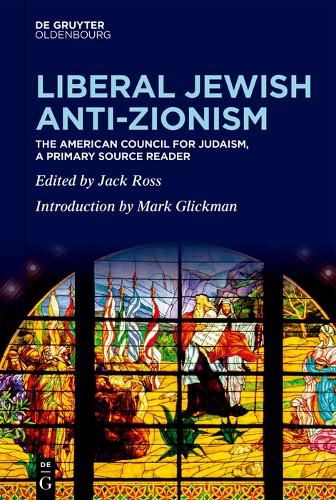Readings Newsletter
Become a Readings Member to make your shopping experience even easier.
Sign in or sign up for free!
You’re not far away from qualifying for FREE standard shipping within Australia
You’ve qualified for FREE standard shipping within Australia
The cart is loading…






To the extent Jewish historians have recalled the American Council for Judaism at all, the picture they have left has been a badly distorted one. Far from a marginal voice among midcentury American Jews, its membership was impressive by the standards of American Jewish life in the era that followed. Far from a sect of reactionary cranks, it was closely allied with many champions of the prewar liberal tradition and a sturdy remnant of the historic Jewish labor movement. The Council owed at least as much to the binationalist movement and its religious and cultural sources as to a stubborn allegiance to the Radical Reform tradition and its "high church" aesthetic. In this reader, the Council, its forerunners, and its allies are presented in their own words. In face of the Israeli-Palestinian conflict and as visions for non-Orthodox American Jewish life grow fewer and farther between, the Council's witness to its origins is as relevant as ever. With an appended bibliographical essay, this volume is indispensible for all researchers in American Jewish history and its connections to Israel and Palestine.
$9.00 standard shipping within Australia
FREE standard shipping within Australia for orders over $100.00
Express & International shipping calculated at checkout
To the extent Jewish historians have recalled the American Council for Judaism at all, the picture they have left has been a badly distorted one. Far from a marginal voice among midcentury American Jews, its membership was impressive by the standards of American Jewish life in the era that followed. Far from a sect of reactionary cranks, it was closely allied with many champions of the prewar liberal tradition and a sturdy remnant of the historic Jewish labor movement. The Council owed at least as much to the binationalist movement and its religious and cultural sources as to a stubborn allegiance to the Radical Reform tradition and its "high church" aesthetic. In this reader, the Council, its forerunners, and its allies are presented in their own words. In face of the Israeli-Palestinian conflict and as visions for non-Orthodox American Jewish life grow fewer and farther between, the Council's witness to its origins is as relevant as ever. With an appended bibliographical essay, this volume is indispensible for all researchers in American Jewish history and its connections to Israel and Palestine.